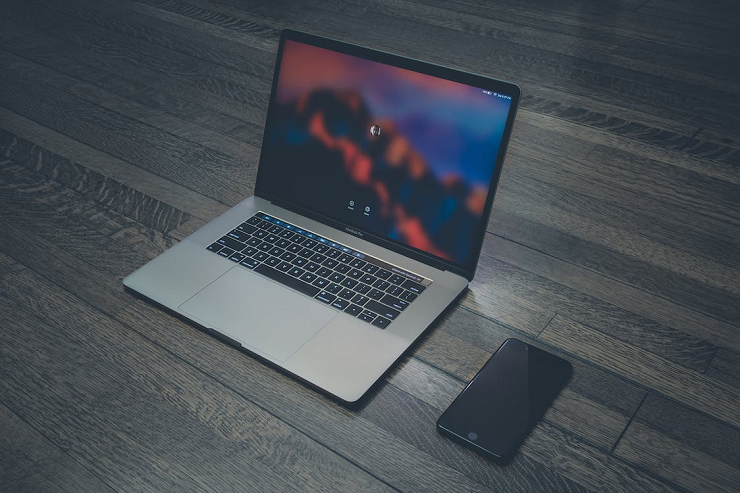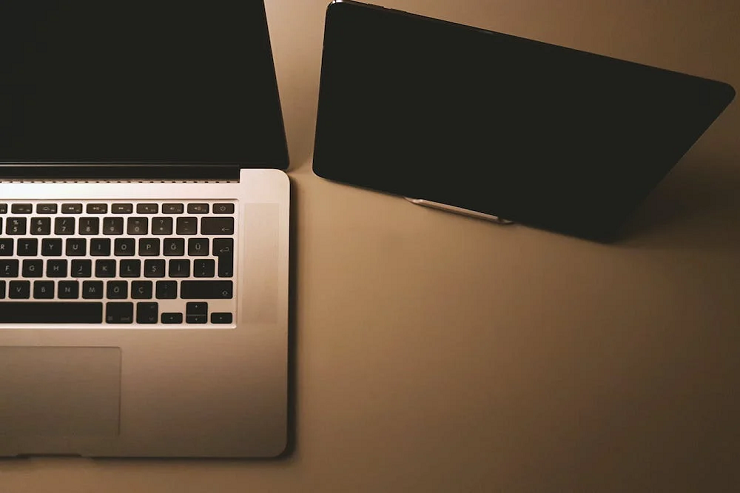
Owning a MacBook is a delightful experience. Its sleek design and user-friendly interface make it a preferred choice for many. However, over time, you might notice a decline in its performance or run into storage issues that can affect your productivity and enjoyment of using the device. The good news is that there are straightforward steps you can take to optimize your MacBook for both better performance and efficient storage management. This blog post will share some practical tips to help you achieve just that.
How To Optimize Storage on Mac
1. Clear Out Unnecessary Files
One of the primary reasons your MacBook may start feeling sluggish is an excessive accumulation of files and apps hogging your precious disk space. It’s essential to declutter your system regularly. You can begin by deleting files like old downloads, duplicates, caches, and logs and emptying your Trash.
2. Uninstall Unused Apps
Do you have applications on your MacBook that you rarely use? If so, it’s time to bid them farewell. Uninstalling unused apps can save valuable space and help your MacBook run smoother.
3. Move Files To External Drives
For those files and apps that you don’t want to part with but don’t need immediate access to, consider moving them to external drives. This can substantially reduce the load on your MacBook’s internal storage.
4. iCloud Storage
Apple’s iCloud conveniently stores photos, videos, documents, and messages off your MacBook. By utilizing iCloud storage, you can free up significant disk space. However, ensure you have an iCloud account and adequate storage space.

5. Optimize Storage Preferences
Your MacBook provides options to optimize storage by automatically removing watched iTunes movies and TV shows and downloading only recent email attachments. These settings can be tweaked to suit your preferences.
6. Automate Trash Emptying
To prevent your Trash folder from becoming a digital landfill, enable the automatic deletion of files in the Trash for more than 30 days.
7. Reduce Clutter
Review and eliminate large or old files you no longer need, such as outdated downloads, installers, and archives. You can sort these files by size, date, or type to identify the ones consuming the most space.
How To Optimize Your MacBook
I. Keep Software Updated
An essential step in optimizing your MacBook’s performance is to ensure your operating system, applications, and drivers are up to date. Regular updates not only enhance performance but also bolster security and compatibility.
II. Update Your Apps
Check for application updates through the App Store or the respective app’s website or menu. Staying current with app versions is crucial for efficient operation.
III. Update Drivers
Remember to update drivers, mainly if you use external devices like printers, scanners, or cameras. Up-to-date drivers ensure smooth communication between your MacBook and peripherals.

IV. Manage Startup Items
Over time, your MacBook may accumulate numerous startup items that automatically launch during boot. These items can slow down your MacBook and consume system resources. Manage your startup items by navigating to System Preferences, Users & Groups, and the Login Items tab. Disable or remove unnecessary apps from this list.
V. Monitor System Activity
The Activity Monitor app is valuable for identifying processes affecting your MacBook’s performance. It provides insights into memory, CPU, disk, and network usage. You can quit, or force quit unresponsive processes to free up resources.
VI. Optimize Battery Life
A MacBook’s battery health directly impacts its performance. To optimize battery life:
1. Keep your MacBook plugged in when possible.
2. Adjust screen brightness and volume as needed.
3. Turn off Bluetooth and Wi-Fi when not in use.
4. Close unused apps.
5. Avoid exposing your MacBook to extreme temperatures.
Regularly check your battery’s health status through the Apple menu. If it indicates “Replace Soon” or “Replace Now,” consider getting a new battery or consulting an authorized service provider.
Conclusion
Following these practical tips, you can optimize your MacBook for better performance and efficient storage management. Additionally, you can explore third-party tools and applications to streamline these processes but exercise caution when downloading software from unverified sources to protect your MacBook from potential threats. Always maintain a backup of essential files before making significant changes to your MacBook.
